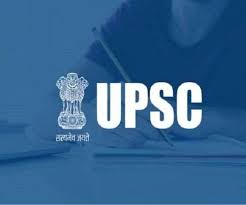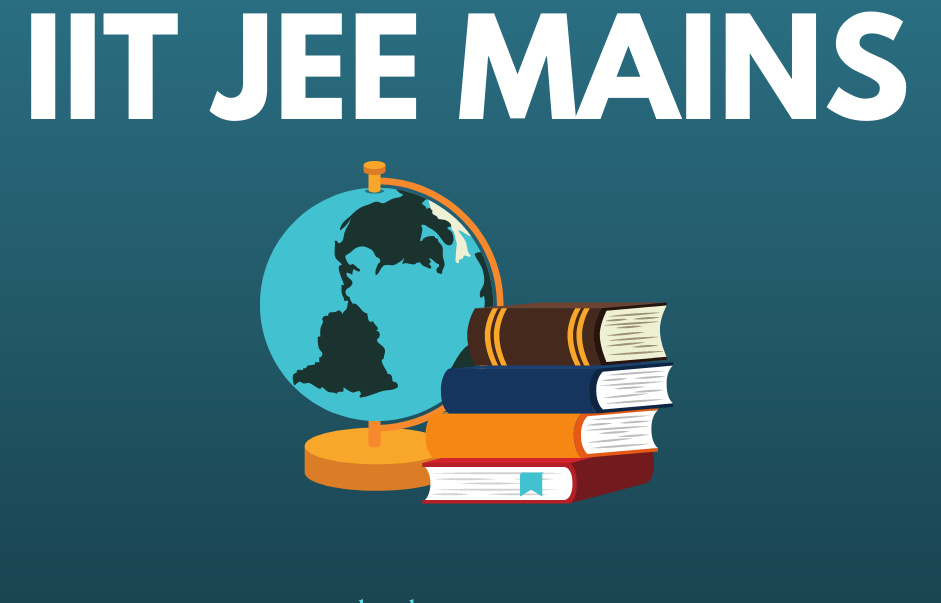Uttar Pradesh Subordinate Service Selection Commission had released the notification to fill 9212 ANM posts in Uttar Pradesh. In Uttar Pradesh, students have to appear for a written test to get appointed to the post of ANM in government hospitals. Which is organized by UPSSSC. This year the written examination to fill 9212 posts of ANM will be conducted on 12th May 2022 all over Uttar Pradesh. Be it ANM exam in UP or any competitive exam students need to know about exam syllabus before starting preparation, because without knowing syllabus you can’t prepare for any exam. ANM is also called (Health Worker) in Uttar Pradesh, so let’s not delay and know in detail the Syllabus and Exam Pattern for Uttar Pradesh ANM Swasthya Karta Exam. If you are preparing for the Staff Nurse Exam to be held in Uttar Pradesh then you can join the UP NHM Staff Nurse Free Practice Test conducted by our expert faculty.
UPSSSC ANM Exam Pattern 2022 (UPSSSC ANM Exam Pattern)
- In Uttar Pradesh health worker written exam 100 questions are asked to the students.
- The students get 120 minutes by the commission to answer all these questions.
- All the questions are of 1 mark, i.e. the exam is of 100 marks. Multiple choice type questions are asked to the students in the exam.
- There is negative marking applicable in health worker exam. Students will be deducted one mark for every wrong answer of 4 questions.
- This exam is for health worker, that’s why health related questions will be asked in this exam.
UPSSSC ANM Exam Syllabus
- Organization of SC, PHC, CMC and District Hospital.
- determinants of health.
- Role of Counselor and Role of ANM/Women Health Worker as Co
- An overview of the health problems of communities in India.
- Classification of foods and their nutritive value.
- Code of Conduct for ANMs
- Balanced diet for different age groups.
- The importance of nutrition in health and disease
- Vitamin and mineral deficiencies: nutritional anemia in women.
- Pregnancy abnormalities.
- Role and Responsibilities of ANM\FHW.
- Body cleanliness.
- Control and prevention of communicable diseases, general measures.
- Health Agencies: International: WHO, UNICEF, UNFPA, UNDPA, World Bank, FAO, DANIDA, European Commission. Red Cross, American Aid, UNESCO. Colombo Plan, ILO, CARE, etc. National: Indian Red Cross, Indian Council for Child Welfare, Family Planning Association of India, etc.
- Structure and body systems of the human body and their functions.
- Concept of mental health.
- Role of ANM/FHW/Anganwadi worker in supplementary food under Five Nutrition.
- Care of the sick in the community: history taking, physical examination: vital signs.
- Communicable diseases: signs, symptoms, care and prevention of: diphtheria, whooping cough, tetanus, poliomyelitis, measles and tuberculosis, chicken pox, mumps, rubella, typhoid, hepatitis, rabies, malaria, dengue, filariasis, kala-azar, Trachoma, conjunctivitis, scabies, STDs and HIV/AIDS, encephalitis, leptospirosis, acute respiratory infections, diarrheal diseases, worm infestations, leprosy.
- Classification of forms of drugs.
- Accidents: Causes, Precautions and Prevention.
- exclusive breastfeeding.
- Embryo and placenta.
- sex education for teens
- Normal pregnancy: signs and symptoms of pregnancy
- School health: objectives, problems and programmes, school environment.
- Adolescent girls: pregnancy and abortion.
- Menstruation and menstrual hygiene.
- Newborn care.


